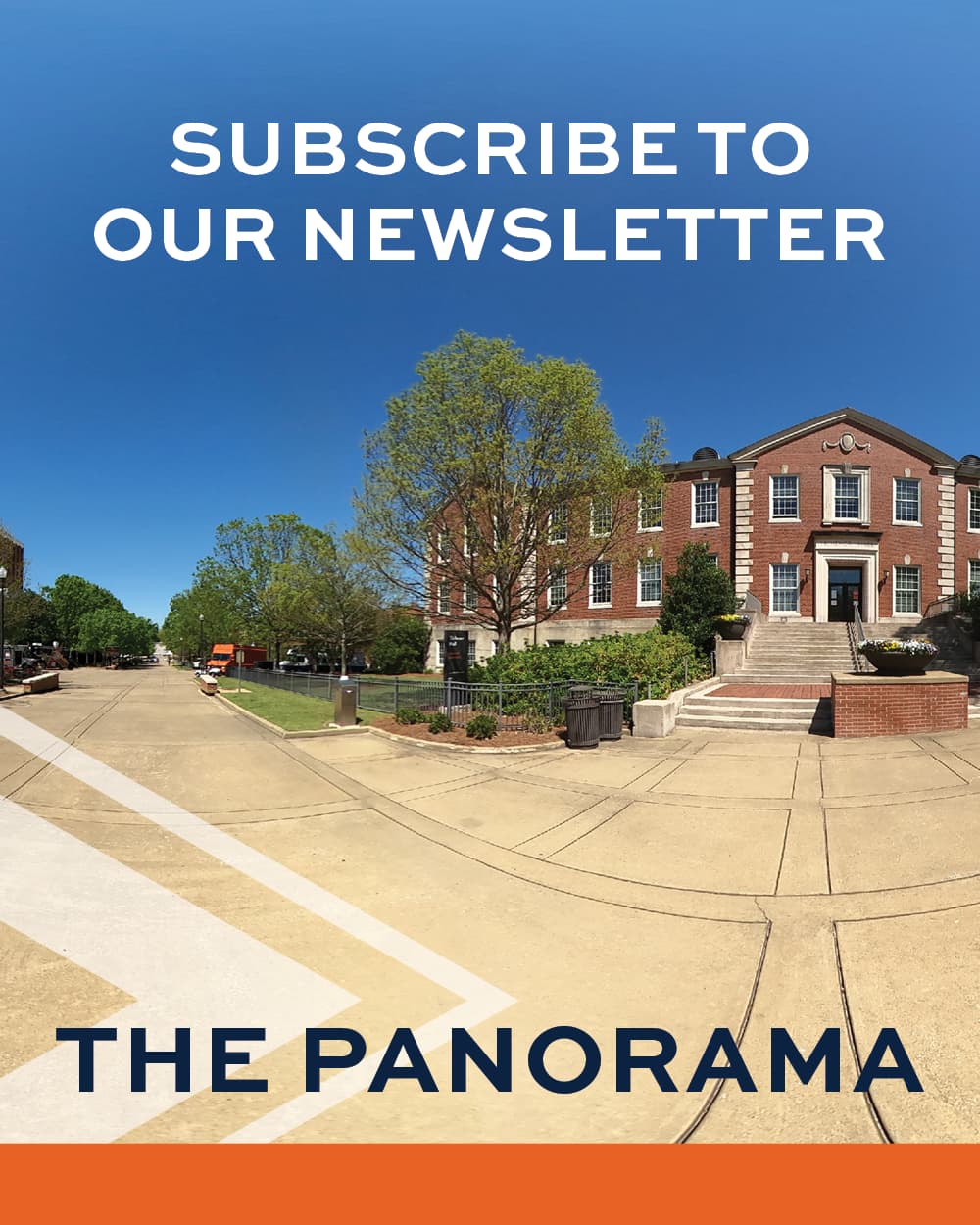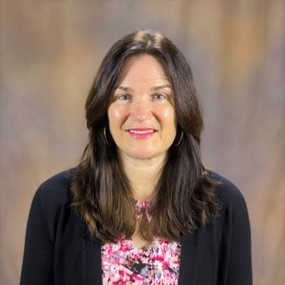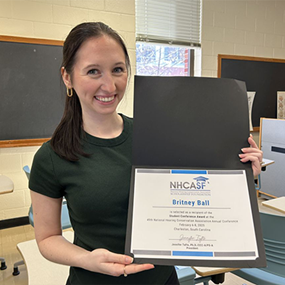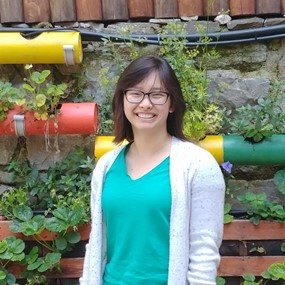Aviation professor uses virtual reality to transform students into pilots without leaving the classroom
Captain Harris, or "Huey," as his friends call him, has revolutionized his aviation class by using virtual reality (VR) to give his students experience in a realistic virtual flight deck and a glimpse into their future.
Harris grew up in Charlotte, North Carolina, and started flying when he was in high school. He went on to the Air Force Academy and served in the United States Air Force for eight years. From there, he flew for Delta Air Lines for 34 years. With the support of his family, Harris decided to start teaching at Auburn.
"I have two boys that went to Auburn and we live here in Auburn. So this provided an opportunity to engage with aviation in general," Harris said. "My son graduated from the Professional Flight program, so he and my family encouraged me to take a look at the position."
Harris and the School of Aviation developed a new course, Transport Category Aircraft Systems, designed to give students foundational knowledge of how commercial airplanes work by adding VR technology to traditional desktop learning and class lectures. The school's capstone course, Crew Research Management, utilizes an Airbus 320 flight training device for the lab portion of its curriculum.
"This whole virtual reality thing is new to me, but I think it's a method of delivery of information that is really more interesting to this generation than traditional lectures with PowerPoints and things like that," Harris said. "Virtual reality provides them the experience of hands-on manipulation. It gives them the three-dimensional viewpoint as if they were in the real-world environment."
The VR program has the Airbus 320 flight deck loaded onto it, so students become more familiar with the plane's "switchology." Students also practice using flight checklists. By looking at their wrists, one person can read the checklist, and the other person can execute it, just like they would in a real airplane.
"The students are getting a head start on the knowledge base and the depth of knowledge that is going to be expected of them later on in their career," Harris said. "When we talk about aircraft systems, we talk about everything. From the airplane's dimensions to how the fuel system works, they learn how all of these parts function and work to make the airplane fly."
Funding this revolutionary instruction takes work. As often as possible, the software has to be updated to be the most current, maintained and managed. The School of Aviation is constantly looking at ways to incorporate research and possibly research funding to mitigate the cost of VR technology without passing it on to the students.
"We need to have a community of practice or a collaborative effort to sit down in a room once a month and share information," Harris said. "I think that's very important that we start getting folks together who have a mutual interest in all immersive technologies, augmented reality, mixed reality, artificial intelligence and virtual reality."
Learn more about the School of Aviation in the College of Liberal Arts.







